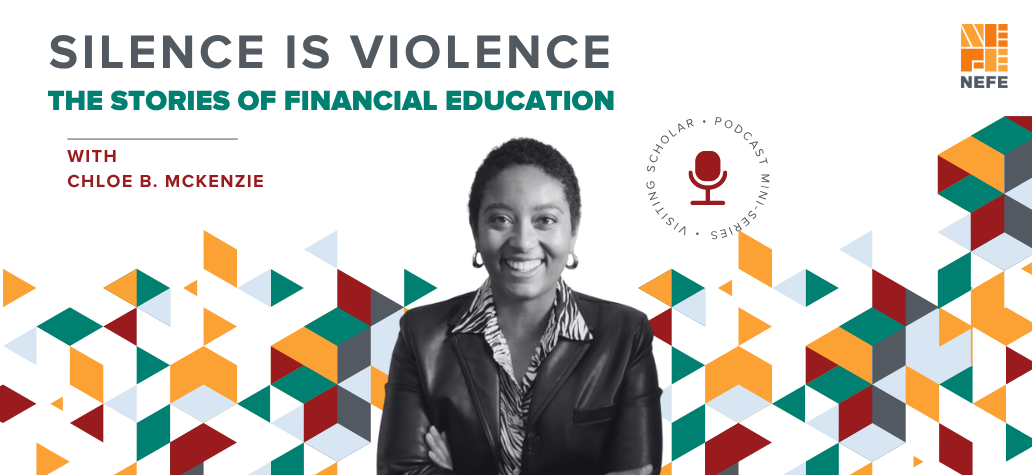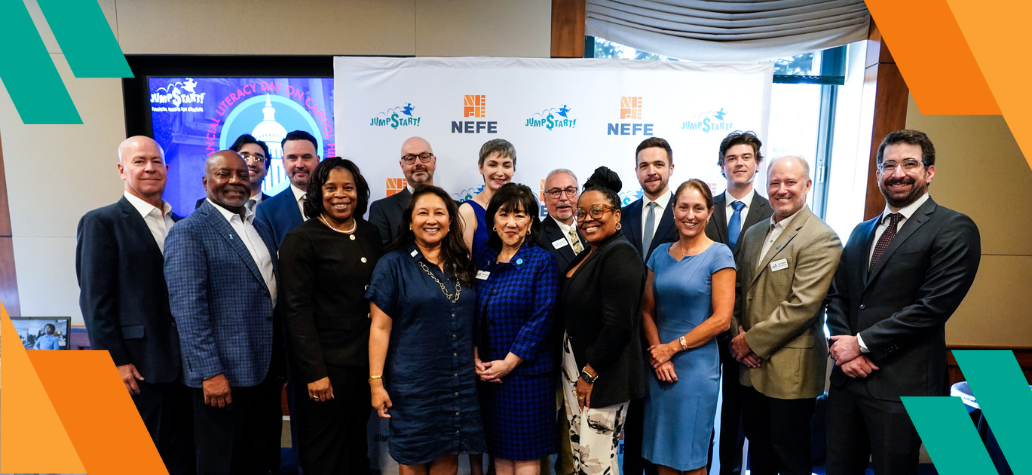DENVER—As 31% of U.S. adults are scheduled to begin repaying student loans for themselves or a dependent, the National Endowment for Financial Education® (NEFE®) conducted in-depth consumer polling to determine the short- and long-term impacts facing this population after a three-year pause. With 83% of student loan borrowers saying they will have to make budgetary changes, the poll results indicate significant personal concerns on finances and the future, as well as concerns for family and friends, now that interest on the loans resumed in September and loan payments will be due starting in October.
“Borrowers with student loan balances are unsettled and anxious heading into October when payments are expected to resume, and there is a ripple effect beyond those with outstanding student loans,” says Billy Hensley, Ph.D., president and CEO of NEFE. “With 83% of borrowers saying they will have to make budgetary changes, this estimates that one in four of all U.S.. adults will be reducing their spending in other areas—and that’s a shift in consumer spending that could be felt across the entire economy.”
Earlier this year, Congress passed legislation ending the pause on student loan payments and 0% interest rates on eligible federal student loans, both instituted due to the COVID-19 pandemic. This led NEFE to conduct two polls of U.S. adults. The first, in conjunction with AmeriSpeak, surveyed a sample of the general U.S.. population to understand the affects. The second poll with SurveyUSA asked similar questions specifically among U.S.. adults responsible for active student loans.
Key outcomes of the polling were:
- Overall, 31% of U.S.. adults currently have outstanding student loans, either for themselves or for a child, grandchild or other dependent. In addition, 36% say they have a spouse, partner, sibling, close friend, child or parent with outstanding student loans.
- Nearly half of U.S.. adults currently with student loans made most or every payment during the pandemic (49%), while 30% made no payments during that time.
- One in three borrowers say they will need to cut $500 per month or more from their budgets to make their student loan payments, with 10% estimating they will need to cut at least $1,000 per month from their budgets.
- Among student loan borrowers, 64% are worried about the end of the payment pause. In contrast, when a similar question was asked to the general population, 56% said they are not worried about the end of the payment pause.
- Respondents with outstanding student loans are far less likely than those without student loans to consider pursuing additional education in the future (54%-26%).
A breakdown of key data from the polls include:
- Among active student loan holders, 35% say they have a close friend with outstanding student loan debt, 29% have a spouse or partner with student loan debt, and 23% have a child with student loan debt.
- The 60+ year old age category yielded the highest percentage of individuals who never had loans (78%).
- Those who identify as men were much more likely than women to report making every payment since the start of the pause (30% vs. 18%).
- Respondents who ascribe to a very conservative ideology (31%) and report earning >$100K (33%) were most likely to make every payment since the pause began.
- The percentage of Hispanic student loan borrowers who report anticipating their monthly budget to be cut anywhere from <$500 to $1,000 is 68%.
- Overall, two-thirds of student loan borrowers feel “somewhat” or “very satisfied” with their education.
Resources are available for student loan borrowers in need of assistance and additional options. Federal Student Aid, a part of the U.S.. Department of Education, is the largest provider of student financial aid in the U.S.. and is responsible for managing the student financial assistance programs which provide grant, work-study, and loan funds to students attending college or career school.
"Thoughtful financial education instruction delivered at the K-12 level does offer some benefit when it comes to paying for college," adds Hensley. "Providing access to financial education in high school lowers total debt for college graduates and is a proactive measure for students currently enrolled, or about to be enrolled, in college."
For more on this survey, visit the Consumer Poll section of the NEFE website.
AmeriSpeak Full Methodology
This nationally representative sample included 1,156 adults aged 18 and older. Funded and operated by the (NORC) at the University of Chicago, AmeriSpeak® is a probability-based panel designed to be representative of the U.S.. household population. These sampled households are contacted by U.S.. mail, telephone and field interviewers (face-to-face). The panel provides sample coverage of approximately 97% of the U.S.. household population. While most AmeriSpeak households participate in surveys by web, non-internet households can participate in AmeriSpeak surveys by telephone. Households without conventional internet access but having web access via smartphones are allowed to participate in AmeriSpeak surveys by web.
SurveyUSA Full Methodology
SurveyUSA interviewed 2,476 U.S.. adults online using a sample provided by Lucid Holdings LLC of New Orleans. Of the adults, 759 were identified as having outstanding student loan debt and were asked the substantive survey questions. The pool of adult survey respondents was weighted to U.S.. Census targets for gender, age, race, education, and home ownership. SurveyUSA is an independent, non-partisan, apolitical research company that conducts opinion surveys for media, academic institutions, commercial clients, non-profits, governments, agencies, and elected officials. SurveyUSA opinion research is conducted using a methodology optimized for each particular project. On research completed prior to 12/31/16, SurveyUSA assigned to each question within the instrument a theoretical margin of sampling error. Effective 01/01/17, SurveyUSA assigns to each question within the instrument a credibility interval, which better reflects the sampling uncertainties associated with gathering some percentage of respondent answers using non-probability sample. Though commonly cited in the presentation of research results, “sampling error” is only one of many types of error that may influence the outcome of an opinion research study. More practical concerns include the way in which questions are worded and ordered, the inability to contact some, the refusal of others to be interviewed, and the difficulty of translating each questionnaire into all possible languages and dialects. Non-sampling errors cannot be quantified.


